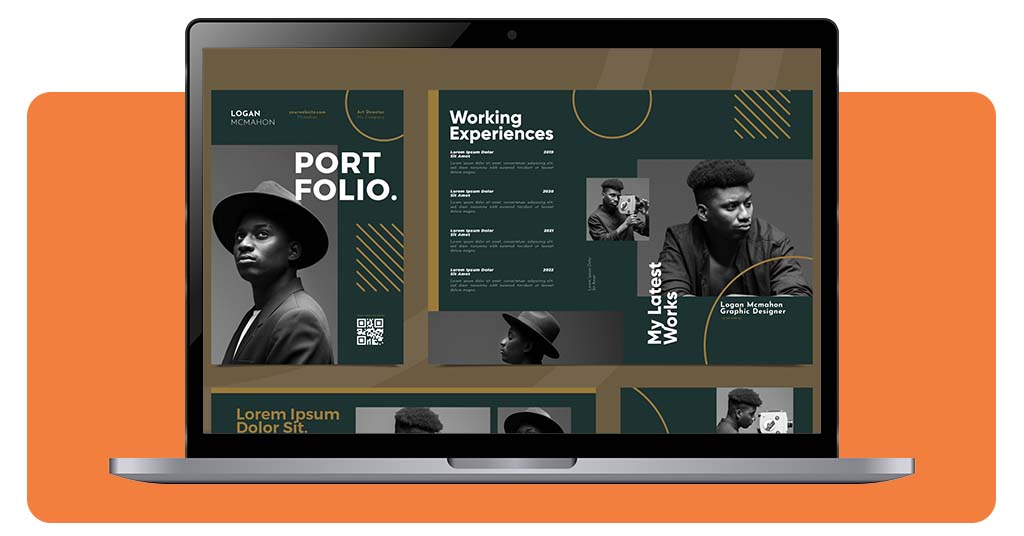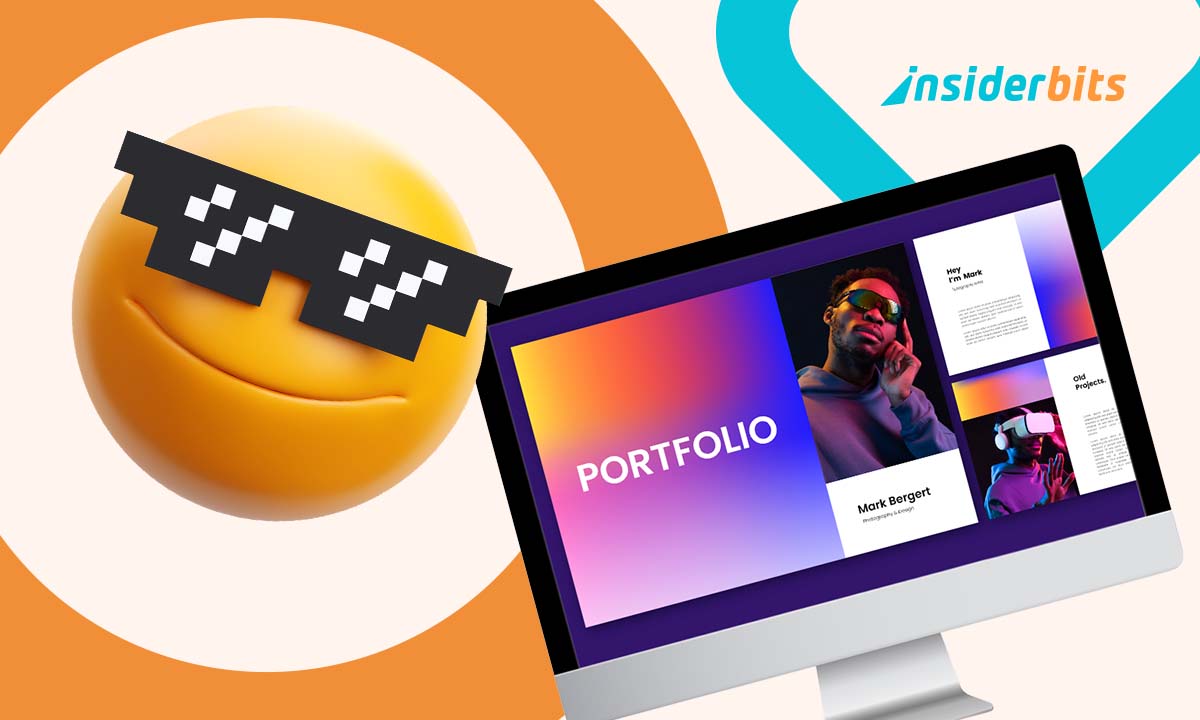Building a digital portfolio is a strategic move for anyone looking to prove their value in a competitive market. While resumes offer a glimpse of your background, portfolios give life to your journey. This format allows your skills to shine through actual work, showing what you’ve done and how you think.
This article highlights free and easy-to-use tools that help you create a compelling portfolio without design experience or technical knowledge. From ready-made templates to flexible layouts, Insiderbits presents practical ways to craft a standout online presence with confidence and clarity
- Digital Vision Board Creation: Digital Tools for Goal Setting
- Digital Well-Being Tools for a Balanced Digital Life
- Top Data Recovery Tools – Your Digital Safety Net
Why a Digital Portfolio Matters More Than a Resume
To begin with, a resume often reduces your journey to a list of dates and buzzwords, which can feel impersonal or generic.
On the other hand, a digital portfolio provides room to expand your narrative and illustrate how you think and create.
That’s why professionals in creative industries have used portfolios for years, but this approach is now gaining traction in fields like product management, education, and even software development. Decision-makers want proof, not promises.
Consequently, a recruiter or client can engage with your work in seconds, building instant trust based on execution.
That emotional and visual connection sets the tone before a conversation even starts.
Ultimately, portfolios show how you adapt to different challenges, how you communicate ideas, and how you present solutions under real conditions.

Best Free Tools to Build a Digital Portfolio Fast
Creating a digital portfolio no longer demands expensive software or advanced design skills.
With the right platform, anyone can launch a clean, impressive online space to showcase their work or ideas.
The tools below combine accessibility and design freedom, supporting users across different industries and levels of experience.
Behance – Creative Portfolios
Behance (iOS/Android) is a powerful platform for those in creative fields who want their work to be seen. It serves as both a portfolio builder and a discovery space, connecting professionals through high-quality visuals.
Its interface prioritizes layout clarity, making projects easy to scroll through and explore.
Also, users can group content by style or theme, which allows each profile to feel like a curated gallery.
Lastly, Behance offers visibility beyond personal websites. The platform also features trend boards and job listings, expanding its role in creative career growth.
It works especially well for those ready to network and grow their audience organically.
Canva: AI Photo & Video Editor
Canva (iOS/Android) brings simplicity to digital portfolio creation, offering an intuitive drag-and-drop system that makes design accessible to all.
No prior training is needed to start building an organized and eye-catching presentation.
In this app, users can select from dozens of ready-made portfolio templates, each with strong visual balance and clean formatting. Every element can be customized, from font and color to images and layouts.
The platform is ideal for writers, educators, marketers, and professionals who want a visual resume-style page or a downloadable portfolio file.
It also supports links, videos, and personal branding materials in a single design.
Canva makes it possible to go from idea to publication in just a few clicks.
Notion: Notes, Tasks, AI
Notion (iOS/Android) provides unmatched flexibility for building portfolios that blend visuals and text in unique ways.
While not a traditional portfolio platform, it adapts easily to showcase skills and projects in one dynamic space.
On Notion, users can create pages for each project and add embeds, videos, spreadsheets, or links to external tools.
The interface supports navigation through galleries or lists, making organization seamless.
Notion is popular among developers who want a functional yet elegant format. Its minimalist look reinforces clarity, allowing the content to take center stage.
Portfolios created in Notion often reflect the creator’s thought process, which makes it great for showcasing problem-solving and structure.
4.8/5
How to Organize Work and Projects Creatively
First of all, your digital portfolio should feel intuitive, like a curated journey rather than a cluttered gallery.
Start with a strong visual hierarchy, using section headers and spacing to create structure.
Then, group similar projects or deliverables into themed sections to show your versatility and depth.
Let each segment communicate a skill, challenge, or result that adds dimension to your profile.
It’s important to present context—what the goal was, how you approached it, and what outcomes followed. That storytelling builds relevance, helping viewers connect with your process.
A clear layout not only enhances the viewing experience but also reflects your attention to detail, which is often just as valuable as the work itself.
Tips to Make Your Portfolio Stand Out
Instead of filling your portfolio with everything you’ve ever created, take time to select the pieces that truly reflect your current skills and direction.
Quality should always take priority over volume, as too much content can dilute the impact of your strongest work.
Also, always choose a handful of projects that highlight different competencies or industries.
For example, showcasing a branding concept next to a user flow or case study reveals versatility. This strategic mix helps viewers understand your range without overwhelming them.
To elevate presentation, review formatting guidelines. You’ll also find inspiration in Behance’s curated galleries, which offer layout examples that reflect current design standards across creative disciplines.
If you want to strengthen your personal brand, consider registering a custom domain and linking it to your portfolio.
This detail increases credibility and memorability, especially when applying for roles or sharing with potential clients.
Keep your portfolio fresh with consistent updates. Adding new work or refining older sections signals that you’re engaged with your craft and aligned with evolving industry expectations.
Over time, a well-maintained portfolio becomes a living reflection of your professional development.
Digital Portfolio: Top Free Tools to Launch Yours Today – Conclusion
A digital portfolio is a reflection of how you approach problems, present ideas, and evolve over time. For many professionals today, it’s the most important career tool they own.
Platforms like Behance, Canva, and Notion provide robust options for anyone ready to share their story. They are capable of removing complexity and inviting creativity, offering space for authenticity and control.
Whether you’re applying for jobs, pitching clients, or documenting your growth, your portfolio can open doors where a resume falls short. Let it speak for you.
Related: Best AI for Architects: Design the Future
Enjoyed this article? Save the Insiderbits blog to your favorites for the latest tools, creative tech tips, and photo editing breakthroughs.





